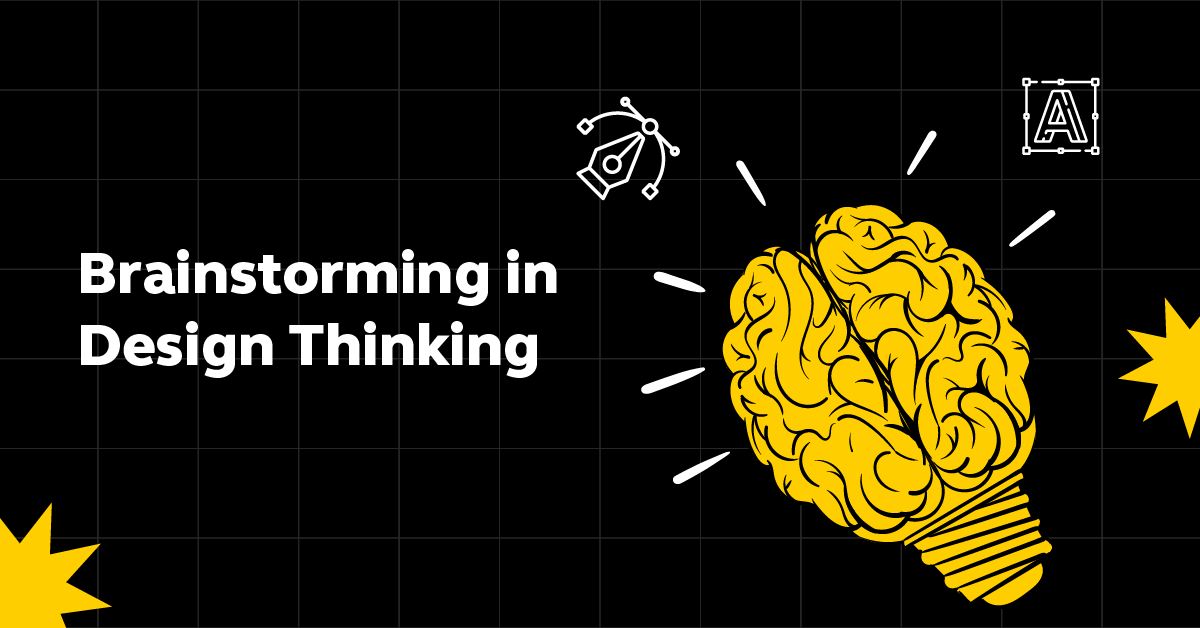
Brainstorming in Design Thinking – A Complete Guide
Apr 16, 2024 5 Min Read 2388 Views
(Last Updated)
Brainstorming is a group activity where we all share ideas to solve problems, especially when we’re trying to make something new. It’s really important because it helps us think of lots of different ideas and work well together as a team.
In this blog, we’re going to talk about how brainstorming helps us come up with amazing ideas and work better together. We’ll also look at 24 different ways to brainstorm that can make it even more fun and useful. And we’ll share some top tips to make brainstorming work the best.
So, if you’re ready to learn how to come up with great ideas and work well with others, stay tuned! Let’s jump into brainstorming and get creative together!
Table of contents
- Role of Brainstorming in Design Thinking
- Gathering Varied Perspectives
- Nurturing Creativity
- Fostering Innovation
- Building Empathy
- Encouraging Collaboration and Team Building
- Facilitating Problem-Solving
- 24 Brainstorming Techniques
- Best Practice Rules for Effective Brainstorming
- Conclusion
- FAQs
- What makes brainstorming essential in the design thinking process?
- How can I ensure my brainstorming sessions are productive and inclusive?
- Can brainstorming be effective in remote or virtual teams?
Role of Brainstorming in Design Thinking
Brainstorming plays an important role in design thinking by tapping into the collective brainpower of a team to tackle challenges creatively and effectively. Here’s how it makes a difference:
Gathering Varied Perspectives
By bringing together people with different backgrounds and expertise, brainstorming ensures that multiple viewpoints are considered. This leads to a more complete understanding of the problem, making solutions more effective and inclusive.
Nurturing Creativity
Brainstorming sessions are designed to be free-flowing and open, providing a safe space for creativity to bloom. This environment encourages people to think outside the box and propose innovative ideas without the fear of judgment.
Also Explore: Balancing Between Creativity and Functionality in UI/UX Design Projects [2024]
Fostering Innovation
As a key part of design thinking, brainstorming pushes teams to go beyond conventional solutions, acting as a springboard for innovation. It’s about looking at old problems in new ways and discovering paths that haven’t been explored before.

As we proceed to the next phase, make sure you understand the fundamentals of UI/UX, which includes heuristic analysis, journey maps, testing, etc. If you want to explore more about it, join GUVI’s UI/UX Career Program with Placement Assistance. You’ll also learn about the tools used in UI/UX which are AdobeXD, Illustrator, Photoshop, Figma, and many more. Build some amazing real-time projects to get hands-on experience.
Also, if you want to explore Figma through a Self-paced course, try GUVI’s Figma Self-Paced certification course.
Building Empathy
Brainstorming often involves thinking from the user’s perspective, which helps in understanding their needs, frustrations, and desires. This empathy is important in design thinking, as it ensures that solutions are user-centered and genuinely address the users’ problems.
Know More About Design Thinking and Prototyping in UI/UX: A Comprehensive Guide
Encouraging Collaboration and Team Building
When a team brainstorms together, it not only generates ideas but also builds stronger relationships. Sharing and developing ideas collectively fosters a sense of unity and respect, enhancing teamwork and collaboration.
Facilitating Problem-Solving
With its diverse input and collaborative nature, brainstorming streamlines the problem-solving process. It helps break down complex problems into manageable parts, making it easier to find effective and creative solutions.
Brainstorming enriches the design thinking process by harnessing diversity, encouraging creative risk-taking, promoting empathy and collaboration, and leading to innovative problem-solving that is deeply rooted in understanding the user’s needs.
Also Read: 33 Interview Questions and Answers for UI/UX Designers

Now that we’ve explored the role of brainstorming in the design thinking process, it’s time to learn the 24 brainstorming techniques.
Also read: Top UI/UX Design Trends: Embracing Innovation in 2024

24 Brainstorming Techniques
Brainstorming is a key part of the creative process, especially in design thinking. Here’s a quick look at 24 different brainstorming techniques and some tips on when and how to use them:
- Brainwriting/Purge: Everyone writes down their ideas quietly, reducing the pressure of speaking up. Use it to gather thoughts from introverted team members or to kickstart a session.
- The 5 Why’s Analysis: Keep asking “Why?” to get to the root cause of a problem. It’s great for digging deeper into issues and understanding underlying challenges.
- Starbursting: Focus on asking questions rather than giving answers, covering who, what, where, when, why, and how. Ideal for exploring new projects or ideas thoroughly.
- Mind Mapping: Start with a central idea and draw branches to related concepts. Use mind maps to visually organize thoughts and see how different ideas connect.
- Rolestorming: Pretend to be someone else (like a customer or a competitor) and think from their perspective. This is useful for building empathy and considering diverse viewpoints.
- Gap Filling: Identify where you are now and where you want to be, then brainstorm ideas to bridge that gap. It’s effective for setting goals and planning projects.
Also Explore: Journey Mapping in Design Thinking: Important Things to Do [2024]

- Brain-netting: Online brainstorming where ideas are shared through digital platforms. Perfect for remote teams or when you want to collect ideas over time.
- Round Robin Brainstorming: Each person in a circle shares one idea at a time. This ensures everyone’s voice is heard and is great for more democratic sessions.
- Rapid Ideation: Set a time limit and write down as many ideas as possible within that period. It’s good for generating a large quantity of ideas quickly.
- Reverse Brainstorming: Think about how to cause the problem or make it worse, then reverse those ideas to find solutions. It’s useful for overcoming mental blocks.
- Stepladder Brainstorming: Start with a core group, then add members one at a time, sharing ideas as they join. This can help integrate diverse perspectives gradually.
- SWOT Analysis: SWOT Analyze strengths, weaknesses, opportunities, and threats related to an idea or project. SWOT is great for strategic planning and decision-making.
Must Read: The 11 Gestalt Principles of Design with Examples

- Eidetic Image Method: Use vivid imagery to spark ideas, imagining scenarios in great detail. This can be particularly effective for creative projects or product design.
- Change of Scenery: Move to a new location to refresh the mind and stimulate new ideas. It’s a simple way to break routine and inspire new thoughts.
- Drivers Analysis: Identify the drivers behind a trend or problem to find innovative solutions. Use it when tackling complex issues that need deep understanding.
- Collaborative Brainwriting: A mix of brainwriting and collaboration, where ideas are passed around and built upon. It combines quiet reflection with group dynamics.
- SCAMPER: Explore different ways to improve a product or process by substituting, combining, adapting, modifying, putting to other uses, eliminating, or reversing. It’s versatile and can be applied in various contexts.
- The Idea Napkin: Summarize an idea on a napkin-sized paper, focusing on the core concept. It forces clarity and simplicity, useful in the early stages of brainstorming.
Also Explore: Designing for Dark Mode: Aesthetics, Accessibility, and User Preferences

- 6 Thinking Hats: Wear different “hats” to think in specific ways (emotion, facts, creativity, etc.). It’s a structured approach to looking at decisions from multiple perspectives.
- ‘What If’ Brainstorming: Pose hypothetical scenarios and explore the outcomes. This can free up creative thinking and explore new possibilities.
- Random Word Picker: Choose a random word and relate it to the problem at hand to spark new connections. It’s a fun way to jump-start creativity.
- Storyboarding: Create a visual story to explore a user’s experience or the sequence of events. Great for product development and understanding user journeys.
- Wishing: Imagine there are no limits and make wishes related to the problem or project. It’s a way to think big and identify ideal outcomes.
- Crazy Eights: Fold a sheet of paper into eight sections and sketch eight ideas in eight minutes. It’s fast-paced and encourages visual thinking.
Each of these techniques can be adapted to fit the specific needs of your project or team. The key is to keep the atmosphere positive and open, ensuring everyone feels comfortable sharing their ideas. Mixing and matching these methods can lead to surprisingly innovative solutions.
Also Read: Generating Concepts for Product Design: Step-by-Step Guide [2024]
Now that we’ve explored the 24 brainstorming techniques to ignite creativity and generate innovative ideas, it’s time to learn the essential rules for effective brainstorming.
Best Practice Rules for Effective Brainstorming
To make brainstorming sessions as productive and creative as possible, it’s important to follow some best practices. Here’s a guide to ensure your brainstorming is effective:
- Setting a Time Limit: Keeping an eye on the clock helps keep the energy high and ensures the team stays focused. Decide on a set amount of time for your brainstorming session and stick to it. This can help prevent burnout and keep ideas fresh.
- Starting with a Clear Focus: Begin with a well-defined problem statement or goal. Knowing exactly what issue you’re trying to solve or what goal you’re aiming for gives direction to the brainstorming session and keeps everyone aligned.
- Deferring Judgment: Make sure the brainstorming environment is one where all ideas are welcome, no matter how unconventional. Critique and analysis can come later; the goal is to encourage free-flowing creativity without the fear of judgment.
- Encouraging Wild Ideas: The best solutions often come from the most unexpected places. Encourage participants to think outside the box and propose bold, innovative ideas. Sometimes, the wildest idea can lead to a breakthrough solution.
- Aiming for Quantity: The more ideas you generate, the better your chances of finding a truly great one. Encourage participants to share as many ideas as possible, even if they seem silly or irrelevant at first.
- Building on Ideas: Brainstorming is a team effort, and one idea can spark another. Encourage participants to build on each other’s ideas, combining and improving them to create something even better.
- Being Visual: Use visual aids like whiteboards, sticky notes, or mind maps to capture and organize ideas. Visuals can help clarify complex ideas and inspire creative thinking.
- One Conversation at a Time: To ensure everyone’s ideas are heard and respected, encourage a culture of listening and taking turns. This helps maintain a structured flow of ideas and ensures that quieter voices are not drowned out.
ALSO READ | UI/UX Best Practices: Creating Exceptional Digital Experiences
By following these best practices, you can maximize the effectiveness of your brainstorming sessions, leading to more innovative solutions and a more cohesive team dynamic.

Kickstart your UI/UX journey by enrolling in GUVI’s UI/UX Career Program where you will master technologies like AdobeXd, Illustrator, and Figma, and build interesting real-life UI/UX projects.
Alternatively, if you would like to explore Figma through a Self-paced course, try GUVI’s Figma’s Self-Paced certification course.
Conclusion
In the ever-evolving landscape of design and innovation, the ability to effectively brainstorm and harness collective intelligence is more important than ever. It’s not just about coming up with ideas; it’s about fostering an environment where creativity thrives, problems are viewed as opportunities, and every team member feels empowered to contribute. As we continue to navigate the challenges of the modern world, let’s remember the power of brainstorming in turning obstacles into opportunities for innovation and growth.
Find Out Why Should You Become a UI/UX Designer: Top 10 Reasons
FAQs
What makes brainstorming essential in the design thinking process?
Brainstorming is important in design thinking because it encourages the generation of a wide array of ideas, fostering creativity and innovation. It allows teams to explore diverse perspectives and solutions, ensuring that the final outcomes are not only user-centered but also highly creative and effective.
How can I ensure my brainstorming sessions are productive and inclusive?
To make brainstorming sessions both productive and inclusive, follow these key practices: Set a clear and focused goal for the session, ensure a judgment-free environment where every idea is valued, encourage wild and unconventional ideas, and aim for a high quantity of ideas to increase the chances of innovative solutions.

Can brainstorming be effective in remote or virtual teams?
Yes, brainstorming can be highly effective in remote or virtual teams. Digital tools and platforms facilitate ‘brain-netting’, where team members can share and develop ideas asynchronously or in real-time, regardless of their physical location.
To ensure effectiveness, utilize online collaborative whiteboards, idea management software, and video conferencing tools to simulate the interactive and dynamic nature of in-person brainstorming sessions.








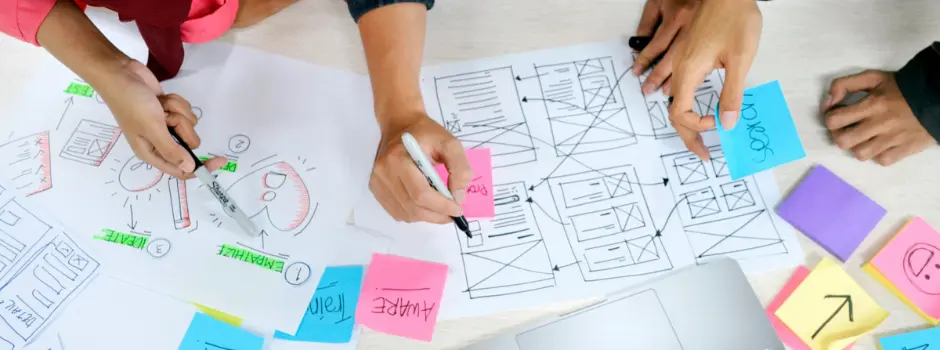
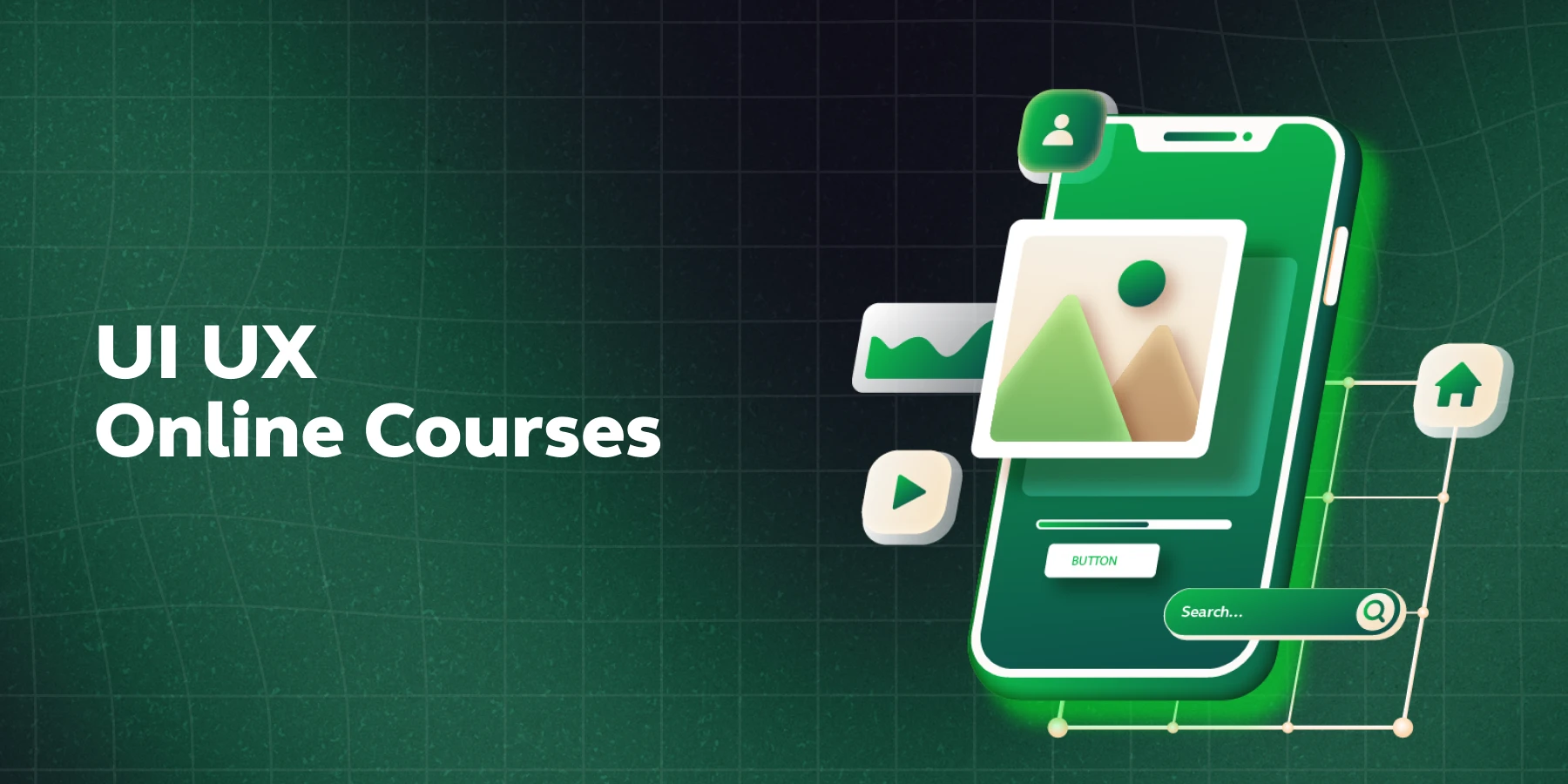




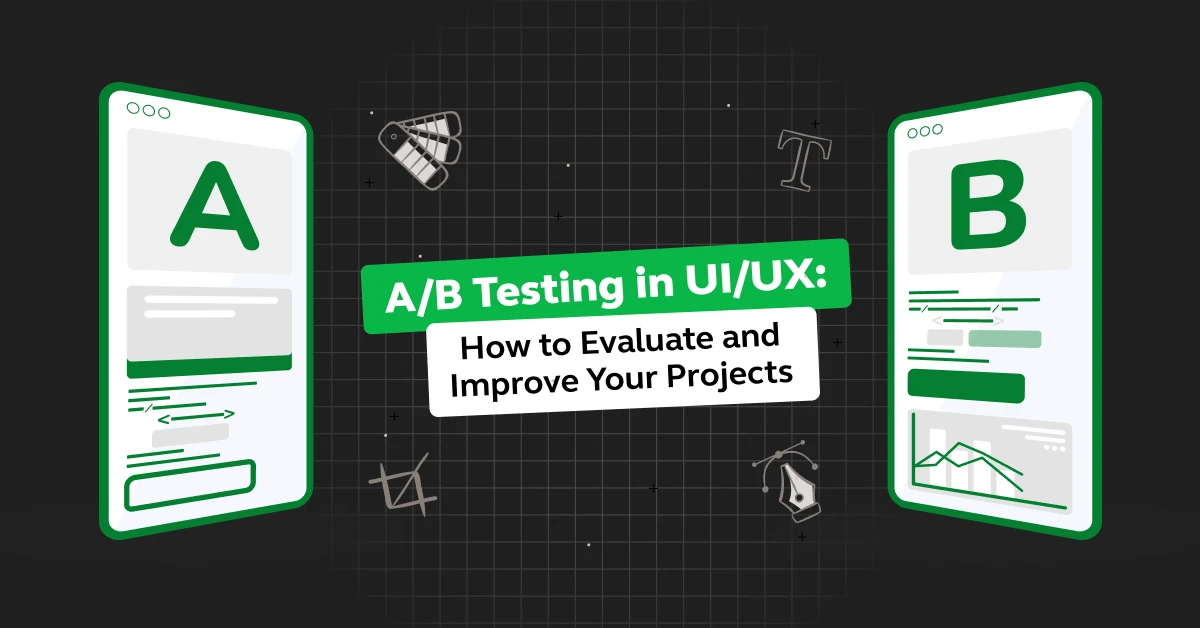
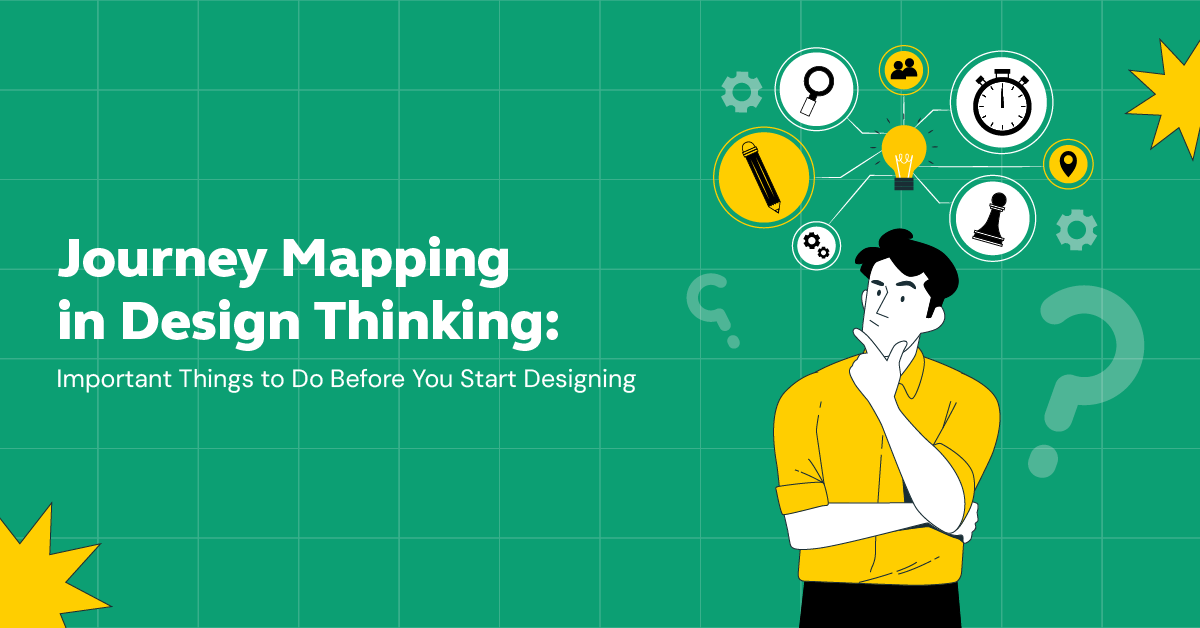

Did you enjoy this article?